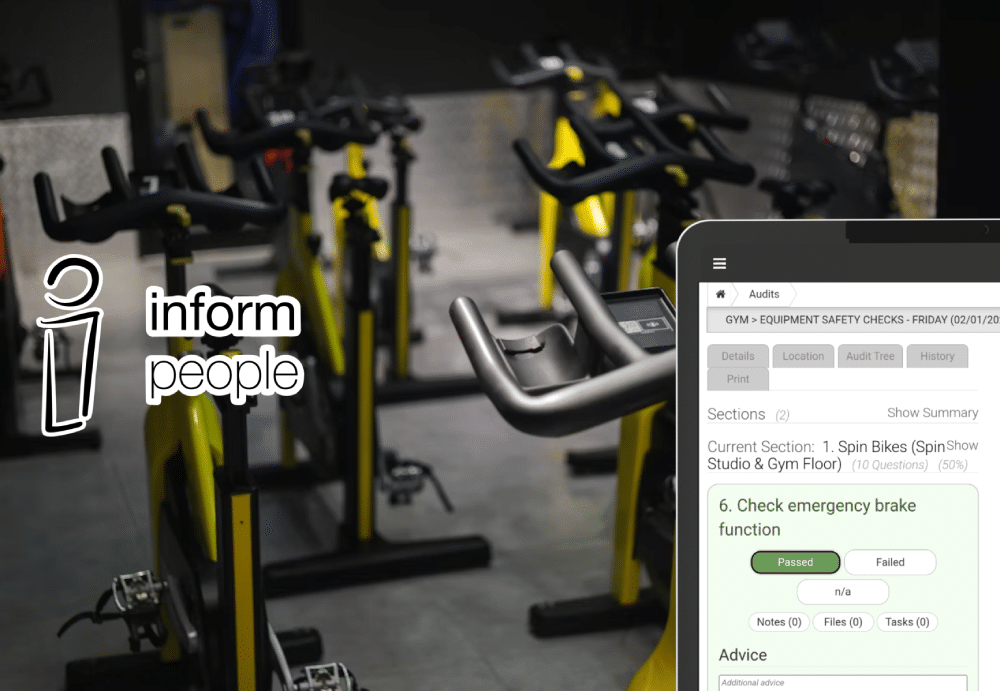Fire is a common risk that must be assessed to take preventive measures in any industry, such as retail, hospitality, and entertainment. Because a fire can occur anytime and without warning, it is critical to understand the potential causes, fire safety methods, emergency handling procedures, knowledge of fire safety equipment, and related first aid.
Employers are required by law: The Regulatory Reform, also known as Fire Safety Order 2005, to provide employees with information, instruction, and training on fire precautions in the workplace. With the proper training, any employee can eliminate fire hazards and respond quickly if a fire breaks out.
This blog will emphasise four basic fire safety training principles and how they can assist you in dealing with fire hazards in your workplace.
Core Principles of Fire Safety Training
Prevention is better than dealing with the consequences of a fire. Regular fire safety training is the best decision for your organisation and employees. Inform People will guide you through setting up a training module online to support daily actions in all your locations.
1. Reduce Fire Hazards in Your Workplace
Fire safety training teaches everyone in an organisation how to avoid fires. Workers who are aware of the best ways to prevent fires can contribute significantly to a safer workplace.
Faulty wiring: Never attempt electrical repairs unless you are both qualified and authorised.
Using damaged cords: Don’t. Find an alternative and source a replacement.
Electrical cords or wires should not be run under rugs, carpets, or near a heat source; they should also be kept out of doorways where they can get damaged.
Flammable objects not placed in a secure place: Maintain a clean workplace. Litter and construction debris serve as fuel for fires. Clutter can disrupt exits and emergency equipment.
Combustible objects near an ignition source: When working in highly combustible environments, such as those containing flammable liquid fine particles or vapours, be aware of potential ignition sources (e.g., vehicle paint spraying or grain flour). Use non-sparking tools and keep static electricity under control as needed.
Be sure to check every week these potential fire hazards. An area manager can use audit software like Virtual PA to conduct fire risk assessments at all sites. As an owner of the company, you can have access to reporting to check that the managers are completing their weekly audits too.
2. Keep an Eye on Fire-Prone Rooms
Another important fire training tip is to focus on areas where a fire can quickly start. These areas typically have a high accumulation of appliances or other flammable materials. Here are some of the common areas to keep an eye out for.
Breakroom or kitchen: While it may seem obvious to some employees, it is essential to remember that fire safety is not always at the top of people’s minds and is not always an ingrained priority. As a result, employees must be reminded to keep a close eye on their food and surroundings while cooking.
Electrical storage room: Because electrical work is mostly hidden behind a building’s walls, it can be difficult to tell if there is old and dangerous wiring. However, keep in mind that wiring issues pose a significant fire risk.
Beware of these warning signs of hidden electrical problems.
- Frequently blown fuses
- Too many extension cords
- Dimming or flickering lights
- Odd smell coming from an outlet
- Outlet is sparking
- Hot outlets or switch plates
- Producing a buzzing sound
Server room: With all that electrical equipment, it is no surprise they are a spot for ignition. A fire can be one of the worst disasters that can happen to a business; therefore, be aware of the causes of a server room fire.
3. Keep up to date with the Fire Detection and Suppression Systems
Even if you have followed all the previous workplace safety guidelines, a fire can still start. That is why it is critical to have a properly maintained fire detection and suppression system.
Perform monthly inspections to confirm systems are ready for use
A properly functioning fire alarm and suppression system is an essential part of any fire safety protocol. Facility managers should always pay attention to the importance of checking, testing, and maintaining all fire alarm and suppression systems for everyone’s safety. Most businesses should conduct regular testing to ensure that all fire systems are working in the event of a fire.
Make sure Fire Detection and Suppression Systems are not blocked
Failure to inspect your system regularly increases the possibility of false alarms, which can disrupt your business. Unchecked components may either activate slowly or not at all. This allows fires to spread quickly, putting your employees and assets at risk. As a result, these systems must be tested and maintained on a regular basis. This ensures that all components within work properly to help in fire control.
Assign employees to check these things
Completing the inspections, testing, and maintenance for each asset in your fire safety system can take time, especially if your organisation cannot afford a dedicated fire safety manager.
Investing in management software like Virtual PA allows facilities managers to create preventive maintenance schedules, record important equipment information, and track equipment.
4. Mark Emergency Exits
The final principle of fire safety training advice is to ensure that emergency exits are clear, well-marked, and free of obstructions. This could be in the form of an illuminated sign or stickers. Also, ensure that the emergency exit map is visible to everyone in the workplace.
Create your Fire Safety Training Program with Inform People
Every employer training programme begins with a training needs assessment. An assessment of training needs can help in determining the following:
- Your training objectives
- What employees are required to achieve those objectives
- What you already have and what you will need to develop
Your fire safety plan is a key component of fire safety training. If your company does not have a plan, it is essential to develop one.
After you have created a strategy, it is time to figure out how you will put your training into action. Employees receive the best workplace fire safety training where they work. It makes no sense to provide training that is irrelevant to where an employee is doing their job.
Inform People’s compliance and performance management software can assist in incorporating fire safety training. It offers a comprehensive tool for streamlining policy distribution and resource sharing. On the platform, you can host online courses and upload various file formats such as PDFs, PowerPoints, videos, and others.
Quizzes can also be created and attached to lessons to determine whether your employee understood the training. You can also include training requirements to comply with department policy, industry standards, or regulations.
If in-person Fire Safety sessions are run regularly, you can schedule these in the Events system and invite your employees to attend, record attendance and pass/fail result if there is a test on the day.
With Inform People’s compliance and performance management software, you can take your fire safety training and performance to the next level.
Contact us and find out how you can create your own compliance training program for your organisation.




